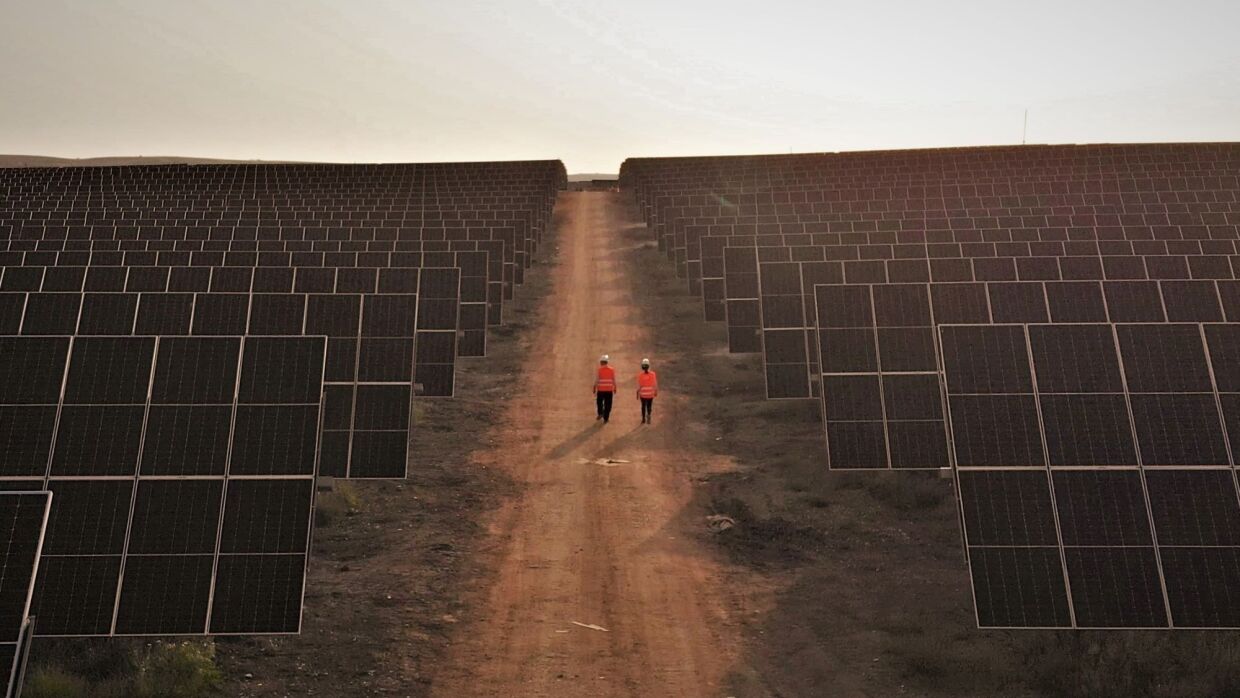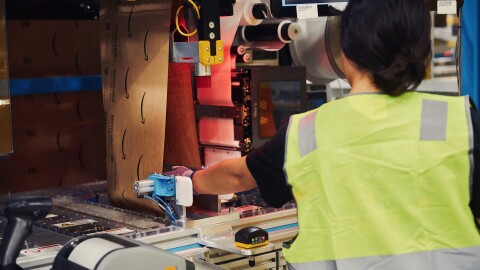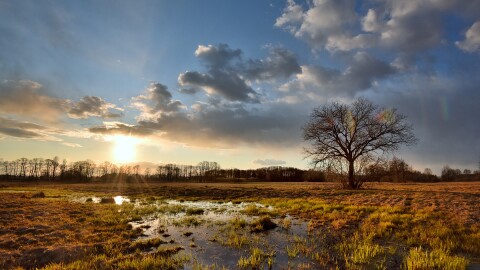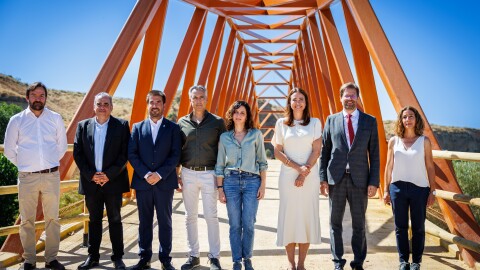ENGIE today inaugurated the biggest agrovoltaic park built in Italy: it will combine solar panels that generate renewable energy with agricultural farming. The renewable energy produced will be transferred to Italy’s national grid, and help power Amazon’s operations in the country.
The facility was unveiled in Mazara del Vallo, Sicily, Italy by Monica Iacono, CEO of ENGIE Italia, and Giorgio Busnelli, Amazon Consumables Director for Europe, at an event attended by, among others, the Vice Minister for the Environment and Energy Security, Vannia Gava.
The park combines renewable energy production with agricultural farming that will benefit the development and enhancement of local territories. It is the first agrovoltaic project in Italy conceived on the basis of a corporate Power Purchase Agreement contract between two private companies.

The agrovoltaic park was announced in 2021, and covers 115 hectares. It was built in an agricultural area located between Marsala and Mazara del Vallo in Sicily, Italy, and is the first of two announced by the companies. The second renewable energy facility, also an agrovoltaic park, is in Paternò, Sicily, Italy, and will produce energy by the end of the year. In total, the two plants will have a production capacity of 104 MW Peak (83 MW AC), and a study by ENGIE estimates the two facilities will help avoid more than 62,000 tons of carbon emissions each year.
“Despite the context of the global crisis, we have continued on our decarbonisation path towards the energy transition. For ENGIE, this agrovoltaic plant in Mazara del Vallo is fully consistent with our strategy in Italy and in the world,” says Monica Iacono, CEO of ENGIE Italia. “We have today 500 MW of renewable installed capacity in Italy, and our plan is to reach 2 GW in 2030 between wind and photovoltaic plants. To achieve these goals, a continuous and constant relationship with the territories and institutions, is essential, along with a stable, simplified legislative and regulatory framework, which we hope will be defined soon."
“I am delighted to inaugurate today in Mazara del Vallo the biggest agrovoltaic park in Italy that combines renewable energy production and preservation of cultivable land. This project enables us to accelerate our path to be net-zero carbon by 2040, help Italy’s energy transition and also generate a positive impact in the communities in which we operate," commented Giorgio Busnelli, Consumables Director Amazon for Europe.
Agrivoltaic parks increase land use efficiency by placing photovoltaic panels high from the ground in order to allow cultivation practices on the below fields. The plant in Mazara del Vallo is equipped with state-of-the-art double-sided solar panel technology mounted on single-axis trackers that allows it to capture both direct and reflected light from the surrounding fields, thus enabling better energy generation.
The use of bifacial solar panels and trackers minimises the required area for the solar plant, and maximises cultivation of the land. 150 people were employed in the construction of the facility in Mazara del Vallo. Native plants - such as almond, olive and lavender trees, as well as aromatic and medicinal crops - will be cultivated in the Mazara del Vallo agrivoltaic area. It will thus ensure the preservation of the rural landscape and biodiversity, and also benefit the local farms involved in the cultivation.
Amazon today is the largest corporate purchaser of renewable energy globally, thanks to a portfolio of more than 400 renewable energy projects in 22 countries, including 128 renewable energy projects in Europe. In Italy, Amazon has announced 22 renewable energy projects, including 19 on-site rooftop solar projects, for a total production capacity of 115 MW AC, which could generate enough energy to power more than 90,000 Italian homes. By the end of 2021, the company reached 85% renewable energy supply across its operations, and is on a path to powering its operations with 100% renewable energy by 2025.
You can see Amazon’s renewable energy methodology here.












